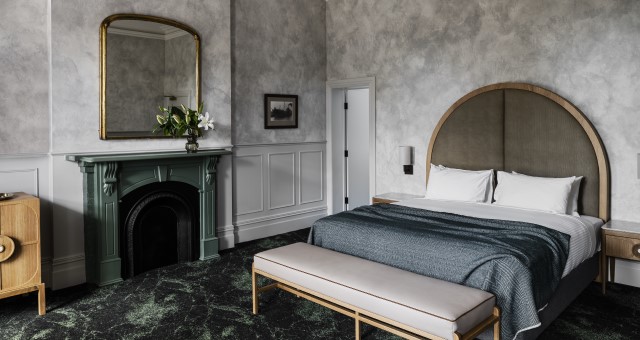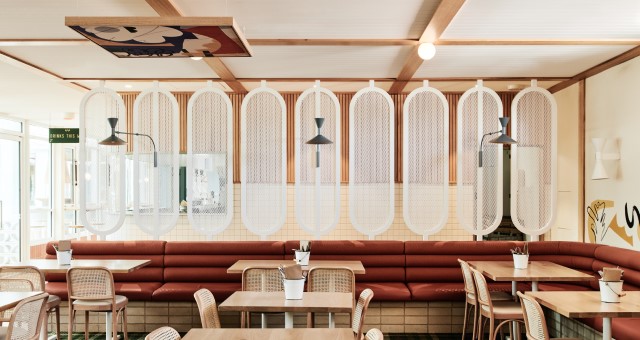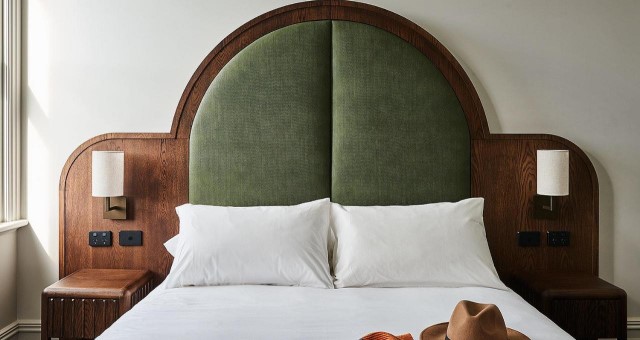Technē Architecture and Interior Design Associate Director, Sam Sempill – project lead on the Portarlington Grand Hotel and Astor Hotel Albury – discusses trends in hotel design and development in regional locations.
Are you seeing rise in demand for boutique hotels in regional locations?
Yes. During Covid, many people were travelling locally due to restrictions, and after Covid, many have opted to stay local for vacations, with a preference to stay in more boutique-style spaces within local and regional settings.
The increasing interest in experienced operators investing in neglected regional assets and developing smaller scale boutique hotels and accommodation demonstrates the renewed interest in travelling to local and regional areas, and the increased traffic and population to these areas.
There is not only the trend of people holidaying, but also relocating to these areas to work and live.
What trends are you seeing in regional hotel development in Australia?
More and more people are choosing to stay in boutique accommodation with personalised service, access to the hotel’s own bars and restaurants, and within proximity to other local experiences.
These places service the local community, are staffed by locals in that community who play an important part in keeping these places alive and vibrant.
What makes a successful boutique hotel design?
Personalised service within a hotel that reflects the historical narratives of the area or the history of the building itself, and sometimes the interest lies in the personalities of its owners or operators. These histories, stories and personalities are of particular interest to travellers who are seeking more immersive travel experiences.
Proximity to local experiences such as bars, restaurants, site-seeing, wineries etc to heighten the experience.
Can you share an example of a boutique hotel that reflects the destination that its based in?
The Portarlington Grand Hotel is an original heritage hotel that faces the Port Philip Bay beach and its prime location is where ‘the country meets the sea’. The redevelopment and revitalisation of the hotel has re-established Portarlington as a bustling holiday town.
We undertook a careful process with heritage consultants to research and reconstruct the heritage façade. The furniture was designed in collaboration with Zuster and the motifs seen in the detailing such as the handles, reflects the heritage detailing seen in the original corbelling of the internal plaster, and the floral elements in the cast iron details. Historical artefacts and photos were curated to illustrate the hotel’s rich past.
We redesigned the hotel rooms. The interiors were designed using locally sourced materials, and custom carpets reflecting a William Morris design that complement the botanical motifs seen in the heritage detailing of the building.
What do you think is the next big trend in hotel design?
I see a continued growth in demand for an immersive travel experience within boutique hotels with access to the hotel’s own restaurants and bars.
People are after connection to not only the destination of the places they visit, but also to the hotel itself for the complete immersive experience.




